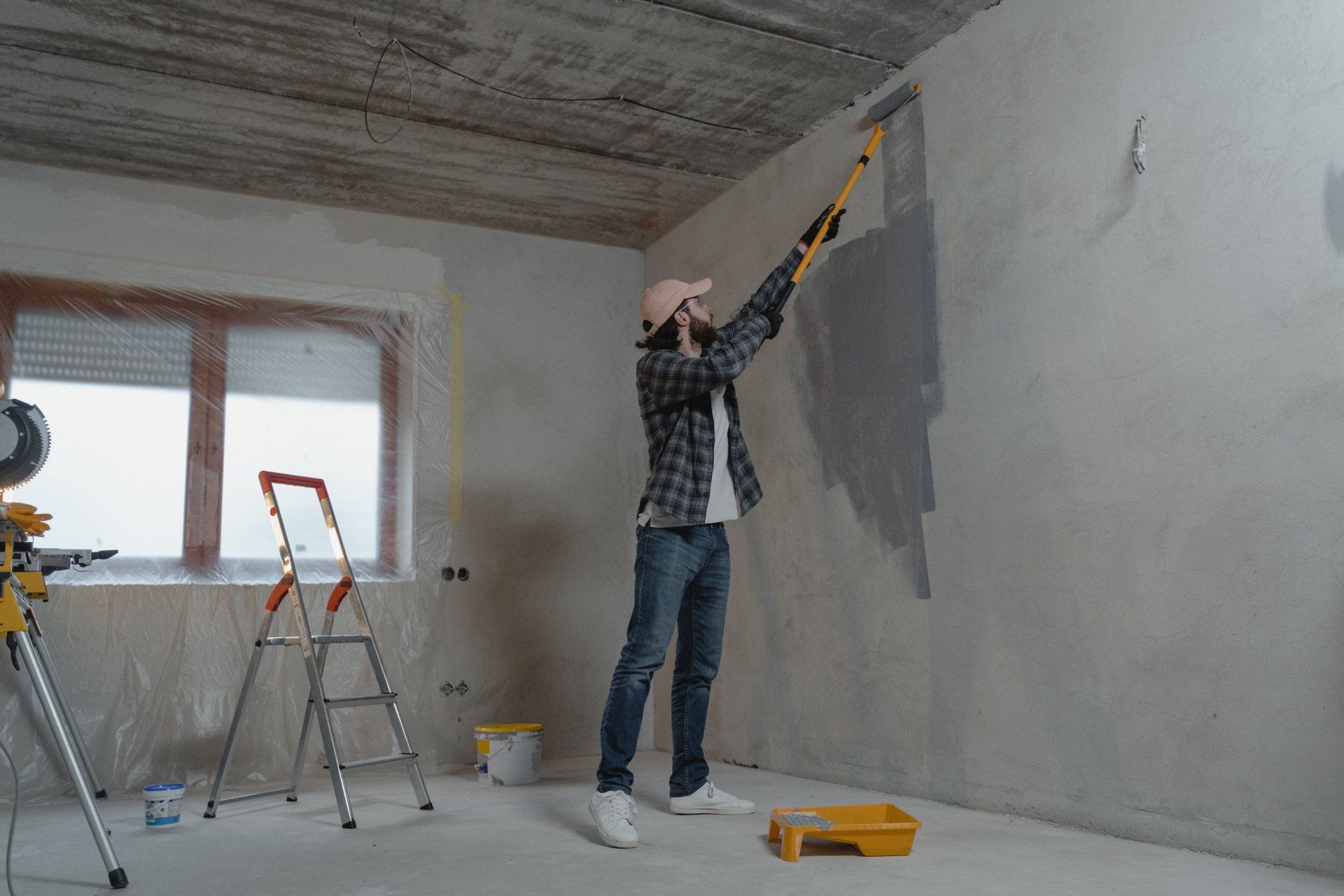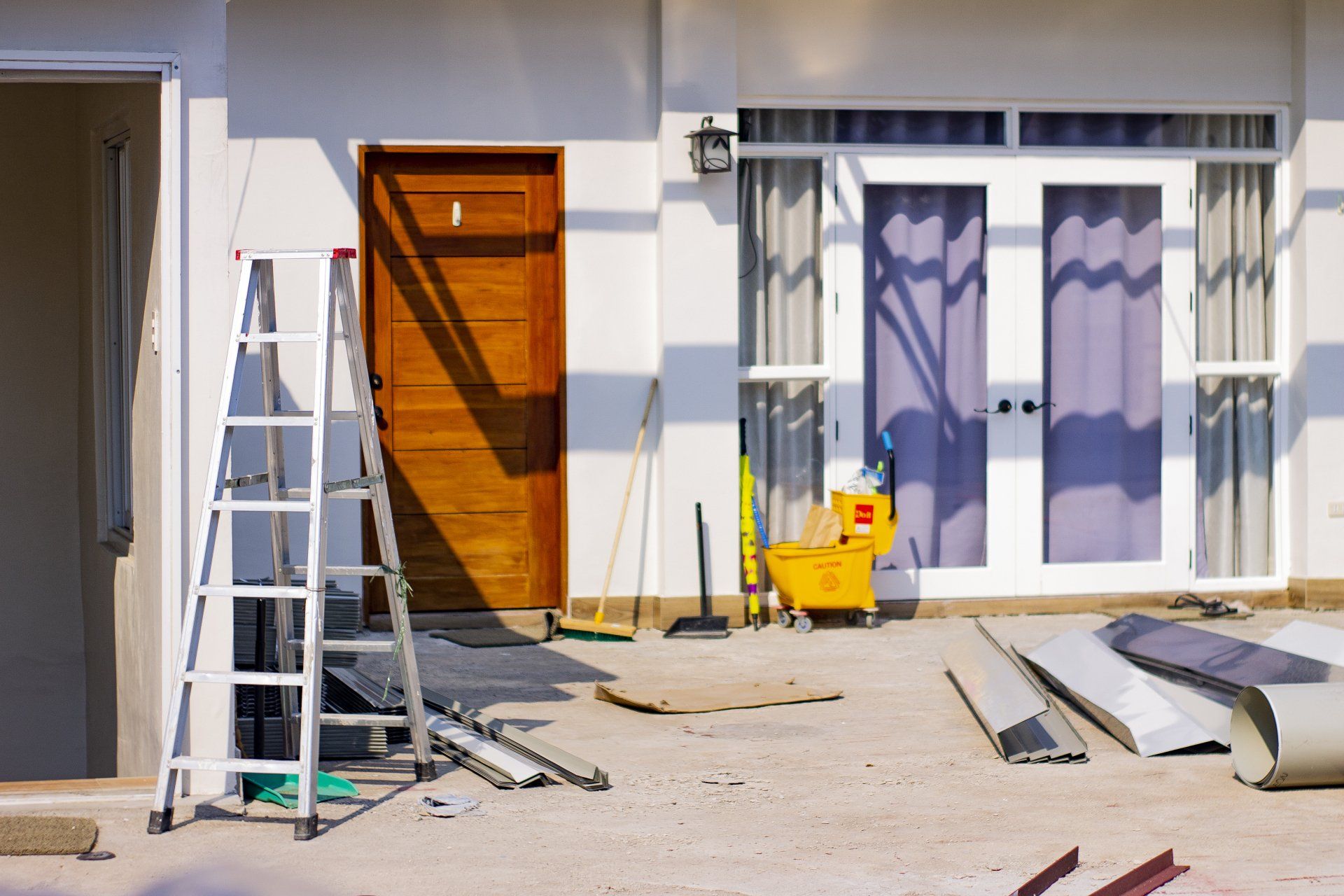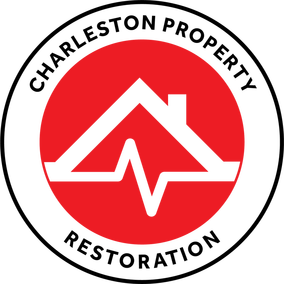The Ultimate Guide to Property Restoration: Everything You Need to Know

In the realm of property ownership, restoration plays a pivotal role in preserving the past while preparing for the future. Whether it's reviving a historic home to its former glory or revitalizing a neglected space for modern use, property restoration encompasses a myriad of tasks and considerations. In this comprehensive guide, we delve into the intricacies of property restoration, providing you with everything you need to embark on this transformative journey with confidence. From understanding the importance of preservation ethics to navigating the legalities of restoration projects, we leave no stone unturned. You'll discover expert tips on assessing structural integrity, selecting appropriate materials, and engaging skilled professionals to bring your vision to life. Whether you're a seasoned property owner or a novice enthusiast, join us as we uncover the secrets, challenges, and triumphs of property restoration, empowering you to create spaces that stand the test of time.
Understanding the Basics of Property Restoration
Property restoration is the process of repairing and returning a damaged property to its pre-loss condition. Whether the damage is caused by natural disasters like floods or storms, accidents such as fires, or gradual wear and tear, timely and effective restoration is essential to minimize further damage and ensure the safety and habitability of the property. In this comprehensive guide, we'll explore the fundamental principles of property restoration, covering everything you need to know to navigate this challenging but essential process.
Assessment and Inspection: The first step in property restoration is to assess the extent of the damage. This involves a thorough inspection of the property to identify all affected areas and determine the best course of action for restoration. Professional restoration experts often conduct detailed assessments, using specialized equipment to detect hidden damage such as water intrusion or mold growth.
Safety Precautions: Before any restoration work begins, it's crucial to prioritize safety. Depending on the type of damage, the property may pose various hazards such as structural instability, electrical hazards, or exposure to harmful substances like mold or asbestos. Implementing appropriate safety measures, including wearing protective gear and securing the site, is essential to prevent accidents and injuries during the restoration process.
Mitigation: Once the damage has been assessed, the next step is to mitigate further harm to the property. This may involve measures such as boarding up windows, tarping roofs, or extracting standing water to prevent mold growth and structural damage. Quick action is key during this phase to minimize additional losses and facilitate the restoration process.
Documentation: Proper documentation is essential throughout the restoration process for insurance purposes and legal compliance. Detailed records should be kept of the damage, including photographs, written descriptions, and any relevant documentation such as repair estimates or insurance claims. This documentation not only helps streamline the restoration process but also ensures transparency and accountability.
Restoration Plan: With the assessment, mitigation, and documentation completed, a comprehensive restoration plan can be developed. This plan outlines the specific steps and timeline for restoring the property, taking into account factors such as the type and extent of damage, available resources, and regulatory requirements. Collaboration between property owners, restoration professionals, and other stakeholders is essential to develop a realistic and effective restoration strategy.
Navigating Fire and Smoke Damage Restoration
Experiencing a fire in your property can be one of the most devastating events a homeowner or business owner may face. Not only does fire cause immediate damage, but the lingering effects of smoke and soot can wreak havoc long after the flames have been extinguished. Navigating the restoration process can feel overwhelming, but with the right guidance and expertise, it's possible to reclaim your space and rebuild your life. In this comprehensive guide, we'll explore the challenges associated with fire and smoke damage restoration and provide practical steps for moving forward.
Understanding the Damage
Before diving into the restoration process, it's essential to understand the extent of the damage caused by fire and smoke. Fire damage can range from minor cosmetic issues to severe structural damage, depending on factors such as the size and intensity of the fire, the materials involved, and the response time of firefighters. In addition to visible damage, smoke and soot can permeate every surface of your property, leaving behind stubborn stains, foul odors, and potential health hazards.
Safety First
Before attempting any restoration efforts, prioritize safety for yourself and others. Ensure that the property is structurally sound before entering, and be cautious of potential hazards such as weakened floors, exposed electrical wires, and toxic fumes. Wear appropriate personal protective equipment, including gloves, goggles, and respiratory masks, to minimize exposure to harmful substances and contaminants.
Assessing the Damage
Once safety measures are in place, conduct a thorough assessment of the damage to determine the scope of restoration needed. Document the extent of fire and smoke damage, including areas affected by flames, smoke residue, and water from firefighting efforts. Take photographs and make detailed notes to provide to your insurance company and restoration professionals, as this information will help streamline the claims process and guide restoration efforts.
Contacting Restoration Professionals
While some minor fire and smoke damage may be manageable for homeowners to address on their own, larger-scale restoration projects require the expertise of professional restoration companies. Look for restoration professionals with experience in fire and smoke damage restoration, as well as certifications from reputable organizations such as the Institute of Inspection, Cleaning and Restoration Certification (IICRC). Schedule a consultation with multiple restoration companies to discuss your needs, obtain estimates, and evaluate their approach to restoration.
Cleaning and Deodorizing
The cleaning and deodorizing process is perhaps the most challenging aspect of fire and smoke damage restoration. Smoke and soot particles can penetrate porous surfaces such as walls, ceilings, furniture, and fabrics, making thorough cleaning essential to remove lingering odors and prevent future health issues. Restoration professionals utilize specialized equipment and techniques to clean and deodorize affected areas, including HEPA vacuums, ozone generators, thermal fogging, and chemical cleaners. Depending on the severity of the damage, multiple rounds of cleaning may be necessary to achieve satisfactory results.










Areas Served:
Greater Kanawha Valley Region And Surrounding Areas
Kanawha City, WV
Phone:
Charleston Property Restoration Copyright © 2023

